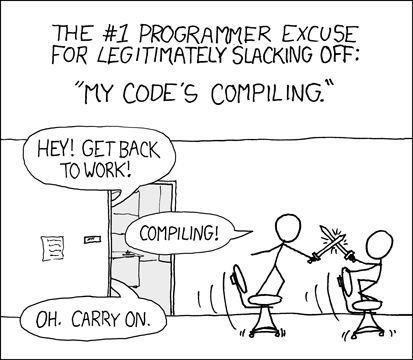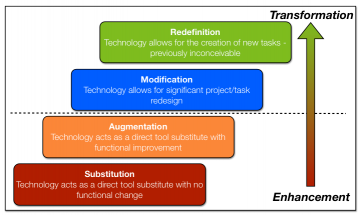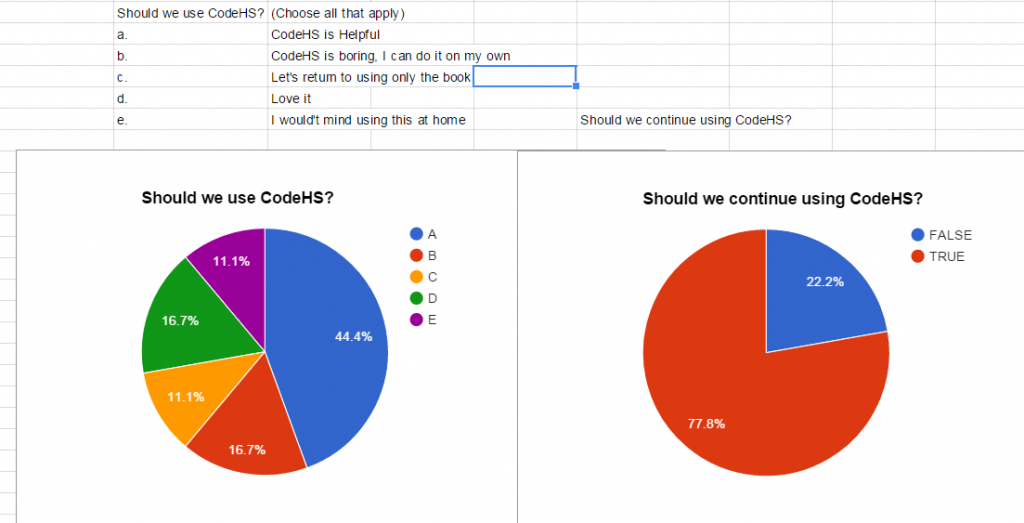
With each concept I teach, I evaluate the students understanding through their programming code, the required comments explaining the code, and the coding structure. I also know what they understand by listening to the questions that they ask. Formative assessment is the primary way that I evaluate if they understand the concepts, there is no need for a summative assessment if they are not ready. Reflection on instruction as cyclical strategy allows for implementing changes to increase my student’s knowledge of my content (Teach).
“If we teach today’s students as we taught yesterday’s, we rob them of tomorrow.”
–John Dewey
As the students were working through arrays, it became apparent that their problems were specifically the “ for loops”. This is the first time that the class worked with two concepts that relied on each other as heavily. Our culminating project will require using arrays, therefore I adjusted my sequence, assigning two projects that I have used with “for loops”.
Before beginning the projects, I reviewed the for loop exercises in CodeHS (CodeHS). Students completed a majority of the exercises. I polled the students before starting the for loop exercises and after completed the CodeHS for arrays, subsequently I wanted to know how they were feeling the process worked. I also surveyed them after the loops exercises to understand if they thought CodeHS continued to be helpful.
Allowing the students to create their own questions, the class came up with a set to evaluate our experience with CodeHS. The majority felt encouraged to continue working and using CodeHS to emphasize the concepts. After completing the CodeHS loop concepts and before starting the Space Needle and Rocket loop assignments. After working through the loops I came back and surveyed how they felt it went. While the program requires students to complete tasks specifically the CodeHS way (specifically for the auto grading to work), many students found this helpful. The next step is to begin to work on the projects.
Reflection on the needs of my students, incorporating CodeHS allows for the move from SAMR Model Augmentation to Modification. The tool is a direct substitute with improvements of video and immediate feedback, although to transform instruction for significant project/task redesign, it would be difficult without the instructor’s understanding and knowledge of the content.
 In reflection, I experiment and work constantly to reach the point where I don’t strictly follow a book, but follow the students needs. The colleague that I will support next year is teaching Java for the first time, and has only some experience with Visual Basic. I find myself contemplating on how to structure support for him as he teaches. The push for Computer Science teachers is increasing and schools are looking everywhere, even at their math and science teachers. While they might have a little experience, supporting them is paramount to their success and the success of their students.
In reflection, I experiment and work constantly to reach the point where I don’t strictly follow a book, but follow the students needs. The colleague that I will support next year is teaching Java for the first time, and has only some experience with Visual Basic. I find myself contemplating on how to structure support for him as he teaches. The push for Computer Science teachers is increasing and schools are looking everywhere, even at their math and science teachers. While they might have a little experience, supporting them is paramount to their success and the success of their students.
Bibliography
CodeHS – Learn to Code at School or at Home | CodeHS. (n.d.). Retrieved January 24, 2016, from https://codehs.com/
International Society for Technology in Education. (2016). Standards for students. Retrieved from http://www.iste.org/standards/ISTE-standards/standards-for-students
Reflective teaching: Exploring our own classroom practice. (n.d.). Retrieved March 13, 2016, from https://www.teachingenglish.org.uk/article/reflective-teaching-exploring-our-own-classroom-practice
Ruben Puentedura on Applying the SAMR Model. (n.d.). Retrieved from https://www.commonsensemedia.org/ Wong, W. (2014).
Teach: Make a Difference Blog. (n.d.). Retrieved January 24, 2016, from http://teach.com/education-technology/coding-the-future-codehs-and-the-importance-of-computer-science-in-high-school
